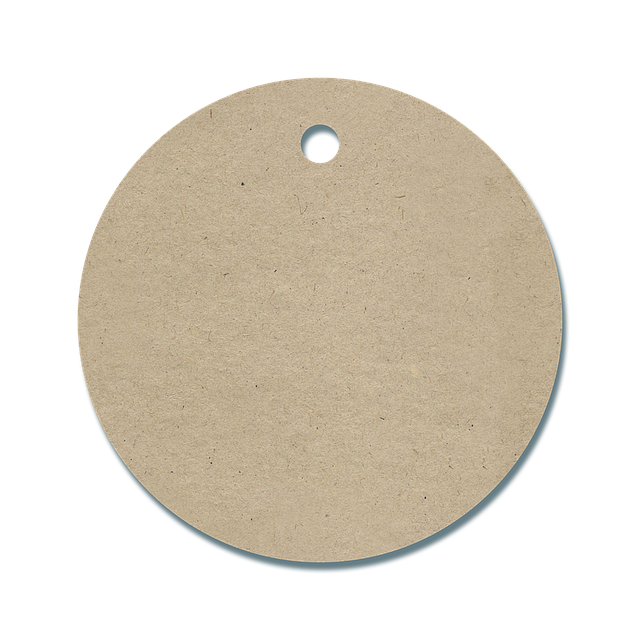London provides diverse tag removal services for skin tags commonly found on the neck and armpits, caused by genetics or friction. Treatment options include cryotherapy, scalpel excision, and laser treatments, tailored to size, type, and location. Many people opt for removal for cosmetic reasons, with effective methods like cryotherapy offering quick results with minimal downtime, while surgical excision uses scalpels or lasers for permanent removal of larger tags under local anaesthesia.
Looking to get rid of those pesky skin tags? This guide is your go-to resource for understanding and effectively addressing skin tags in London. We’ll first demystify these common growths, exploring their causes and diverse types. Then, we’ll dive into proven removal methods, backed by expert tips to ensure safe and successful London tag removal. Whether you opt for at-home remedies or professional treatment, this article equips you with the knowledge to make informed decisions.
Understanding Skin Tags: Causes and Types
Skin tags, also known as acrochordons, are small, soft skin growths that typically appear as dangling, thin strands or small pieces of skin. They can occur anywhere on the body but are particularly common in areas where skin rubs against itself, such as the neck, armpits, and groin. While they are usually harmless, many people choose to have them removed for cosmetic reasons.
The causes of skin tags vary. Common factors include genetics, hormonal changes, obesity, and skin conditions like eczema or dermatitis. They can also develop from friction or irritation of the skin. In London, tag removal services are available, offering various methods such as freezing with liquid nitrogen (cryotherapy), cutting them off with a scalpel, or using laser treatments. Each method has its advantages and may be recommended based on the size, type, and location of the skin tags.
Effective London Tag Removal Methods and Tips
When it comes to effective London tag removal, there are several methods that have proven successful in eliminating these small skin growths. One popular and minimally invasive approach is cryotherapy, where liquid nitrogen is used to freeze and destroy the tags. This procedure is quick, often taking just a few seconds per tag, and is generally well-tolerated with minimal downtime.
Another London tag removal method gaining popularity is surgical excision. A dermatologist will use small scalpels or lasers to cut out the tags, ensuring complete removal. While this might sound daunting, local anaesthetics can be administered to numb the area, making the process comfortable. This method offers a permanent solution and is suitable for larger or more persistent skin tags.
Skin tags can be unsightly and uncomfortable, but with the right knowledge and methods, their removal is both accessible and effective. Understanding the causes and types of skin tags empowers individuals to make informed decisions about their London tag removal options. By exploring various safe and reliable techniques, you can bid farewell to these small growths and enjoy improved confidence in your appearance. Remember, seeking professional advice is always a wise step when considering any cosmetic procedure, including London tag removal.
